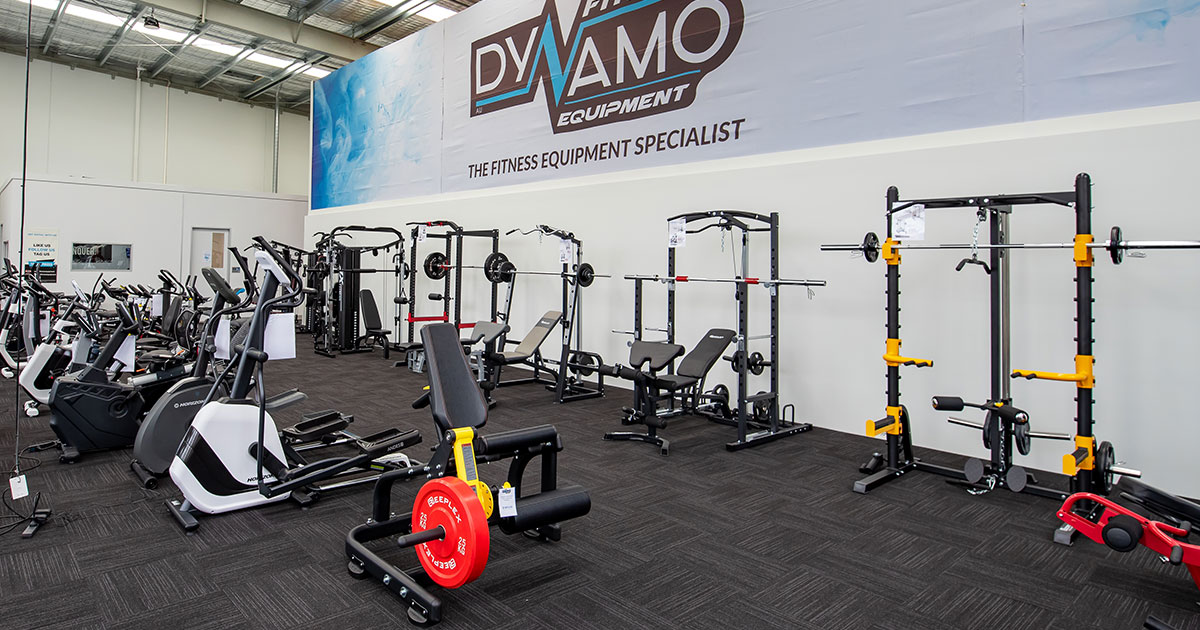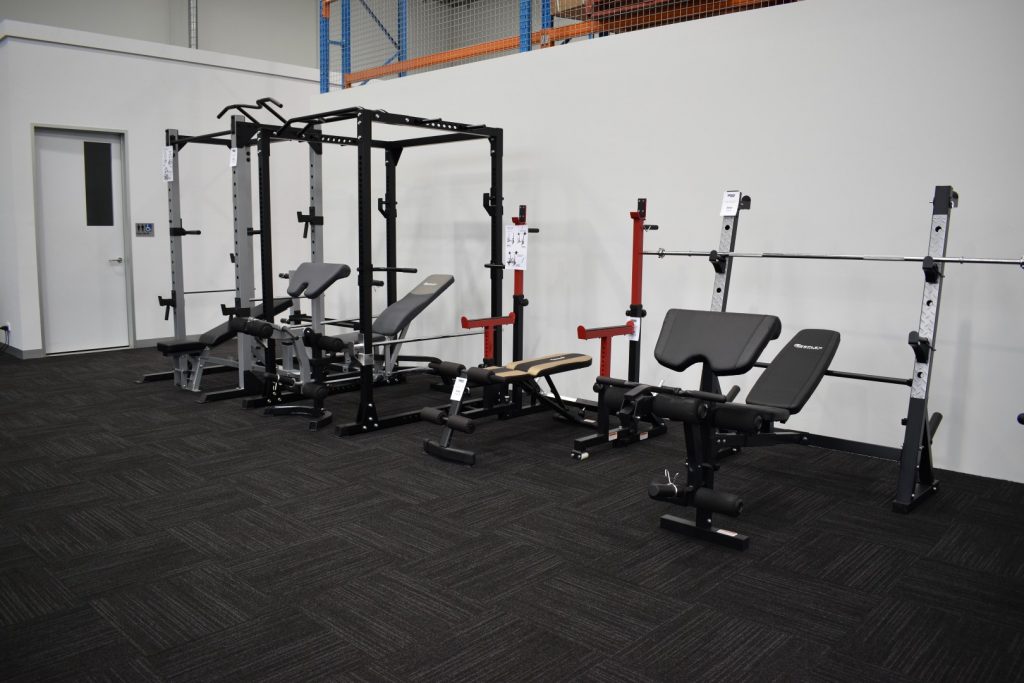
Guide to Working Out on a Power Cage Effectively
Looking to take your workout routine to the next level? The comprehensive guide to utilizing a power cage is here to help you unleash the full potential of this versatile piece of gym equipment. Whether you’re a seasoned gym enthusiast or just starting out, this guide will walk you through everything from safety tips and proper form to advanced exercises that will push your limits.
Say goodbye to crowded gyms and inflexible training schedules – with a power cage, you have the freedom to sculpt your body on your own terms. Ready to revolutionize your fitness journey?
Exploring Different Types of Power Cages
Various Designs and Configurations
Power cages are available in a wide range of designs and configurations to cater to different fitness goals. Some home racks are designed for individuals with limited space or budget, offering a more compact and inexpensive option.
On the other hand, commercial-grade power cages are built for heavy-duty use in gyms and fitness centers. These may feature thicker steel tubes or higher gauge steel for added durability.
Built-in Attachments and Adjustability
Certain power cages come with built-in attachments such as dip bars, landmine attachments, or pull-up bars. These add-ons provide extra versatility for performing various exercises without needing additional equipment. Moreover, the adjustability of power cages varies across different types.
While some models offer multiple hole options on the uprights to accommodate users of varying heights, others may have adjustable safety catches or J-hooks to suit different exercise preferences.
Consider factors like the available space in your home gym, preferred exercises, and budget constraints. For instance: if you’re looking for a versatile option that allows you to perform a wide range of exercises using just one piece of equipment, investing in a power cage with multiple built-in attachments could be beneficial.
Benefits of Using a Power Cage in Your Routine
Safe and Controlled Environment
A power cage provides a safe and controlled environment for performing heavy compound exercises. It has adjustable safety bars that can be set to the appropriate height, preventing accidents or injuries during weightlifting. For example, when performing squats or bench presses inside the power cage, if you reach muscle failure, the safety bars will catch the barbell, allowing you to safely exit from under it.
Using a power cage allows for progressive overload, which is essential for building strength and muscle mass. By incrementally adding more weight over time while maintaining proper form, your muscles are continually challenged to adapt and grow stronger. This progressive overload is crucial for anyone looking to increase their overall strength and build lean muscle mass.
Flexibility in Exercises
Power cages offer the flexibility to perform various exercises targeting multiple muscle groups. From squats and deadlifts to pull-ups and dips, a power cage enables individuals to engage in a wide range of movements without needing multiple pieces of equipment. This versatility makes it an ideal choice for those looking to maximize their workout routines with limited space or budget constraints.
Read Also: Why a Power Cage is a Smart Investment for Fitness Training
Key Considerations for Choosing the Right Power Cage
Floor Space
When choosing a power cage, it’s crucial to consider the available floor space in your home gym. Measure the area where you plan to install the power cage to ensure it fits comfortably without obstructing other equipment or limiting your movement. A spacious power cage allows for safe and unrestricted movements during exercises such as squats, bench presses, and pull-ups.
A compact power cage might be suitable if you have limited space but still want to incorporate essential strength training exercises into your routine. However, if you have ample room, opting for a larger power cage provides versatility and freedom of movement during workouts.
Consider whether the dimensions of the power cage align with your home gym layout and allow sufficient space for comfortable exercise sessions.
Weight
Another vital consideration when selecting a power cage is its weight capacity. Ensure that the power cage can support not only your current lifting goals but also any potential progression in strength training. A high weight capacity provides stability and safety during heavy lifts, promoting confidence in tackling challenging workouts without concerns about equipment limitations.
For example, if you are an experienced lifter or aspire to lift heavier weights in the future, investing in a robust power cage with an ample weight capacity is essential. On the other hand, beginners or individuals focusing on lighter resistance training may find a lower weight capacity suitable for their current needs.
By carefully evaluating these factors — floor space and weight capacity — you can make an informed decision when choosing a suitable power cage that aligns with both your workout area constraints and lifting objectives.
Proper Assembly and Setup for Optimal Performance

Following Manufacturer’s Instructions
When assembling the power cage, it is crucial to carefully follow the manufacturer’s instructions. This ensures stability and safety during use. By adhering to the provided guidelines, you can guarantee that all parts are correctly fitted together, minimizing the risk of accidents or malfunctions.
It’s important to note that each power cage may have specific assembly requirements based on its design and features. Pay close attention to details such as tightening bolts securely, attaching accessories properly, and aligning numbered uprights accurately. These steps contribute significantly to the overall stability and functionality of the equipment.
Ensuring Stability During Workouts
To optimize performance and prevent any wobbling during workouts, it is essential to place the power cage on a level surface. Uneven flooring can compromise the stability of the machine, potentially leading to accidents or injuries during exercises involving heavy weights or dynamic movements.
Some power cages come with a fold-back rack feature for space-saving purposes. When setting up this type of equipment, ensure that it is securely locked in place before use. This prevents unexpected movement while performing exercises within the cage.
Read Also: Essential Gym Equipment: Power Rack – Power Cage – Squat Rack
Adjusting Accessories for Safety
Adjusting J-hooks and safety pins at an appropriate height is an important part of proper setup when utilizing a power cage. Setting these accessories at suitable levels not only promotes proper form during exercises but also minimizes strain on your body by providing support where needed.
Maximizing Your Workouts with a Power Cage
Compound Exercises for Maximum Muscle Engagement
Incorporating compound exercises like squats, bench presses, and overhead presses into your workout routine is essential for engaging multiple muscle groups simultaneously. The gym power rack provides the perfect setup for these exercises, allowing you to perform them safely and effectively.
For instance, using the power cage as a squat rack ensures proper form and stability while performing squats, promoting optimal muscle engagement and reducing the risk of injury. Utilizing the cage’s adjustable features allows lifters to customize their positioning and range of motion for each exercise.
Compound exercises not only help in building overall strength but also contribute to functional fitness by mimicking real-life movements.
For example, incorporating bench presses within your routine not only targets the chest muscles but also engages the shoulders and triceps. This comprehensive approach to training promotes balanced muscle development and enhances overall physical performance.
Assisted Exercises for Gradual Strength Building
The versatility of the garage gym power cage extends beyond traditional compound movements; it can also be utilized for assisted exercises such as pull-ups or dips. By adjusting the height of safety bars or attaching resistance bands to provide assistance, individuals can gradually build strength while performing these challenging bodyweight movements.
This gradual progression is particularly beneficial for beginners or those working towards achieving their first unassisted pull-up or dip.
Utilizing a power cage’s adaptable features enables individuals to modify their workouts based on specific goals or areas of focus within their fitness journey. Whether targeting specific muscle groups or adjusting intensity levels, this multifaceted piece of fitness equipment offers endless possibilities for enhancing one’s workout regimen.
Read Also: What makes a good power cage?
Recommended Power Cage Exercises for Strength Training
Squats
Squats are fundamental for lower body strength training, targeting the quadriceps, hamstrings, and glutes. With a power cage, you can perform squats safely by adjusting the squat stands to an appropriate height. This exercise helps in building leg muscles and enhancing overall lower body strength. It’s essential to maintain proper form while performing squats to prevent injury and maximize the benefits.
Squats are also great for improving balance and flexibility. They engage multiple muscle groups simultaneously, making them a highly efficient exercise for anyone looking to build lower body strength. Using a power cage provides stability and support when lifting heavy weights during squats.
Bench Press
Bench press is an effective upper body exercise that primarily works the chest, shoulders, and triceps. Utilizing a power cage allows you to set up safety bars at the appropriate level to catch the barbell if your muscles give out during heavy lifts. This ensures added safety while performing this powerful upper body workout.
The bench press is an excellent compound movement that engages multiple muscle groups simultaneously. By incorporating it into your strength training routine with a power cage, you can effectively build upper body strength while minimizing the risk of accidents or injuries associated with lifting heavy weights.
Pull-ups
Pull-ups are challenging compound exercises that engage multiple muscles in the back, arms, and shoulders. A power cage equipped with a pull-up bar provides ample support for these demanding movements. Performing pull-ups within a power cage ensures stability as well as additional safety when attempting this intense upper-body workout.
Summary
Congratulations on reaching the end of this comprehensive guide to utilizing a power cage! You’ve delved into the different types of power cages, explored their numerous benefits, learned about key considerations for choosing the right one, discovered the importance of proper assembly and setup, and even gained insights into maximizing your workouts with a power cage.
Not to mention, you’ve also been equipped with a range of recommended power cage exercises for strength training. With this newfound knowledge, you’re now ready to take your fitness journey to the next level.
Now it’s time to put all this valuable information into action. Whether you’re a beginner or a seasoned fitness enthusiast, incorporating a power cage into your routine can truly elevate your workouts and help you achieve your strength and fitness goals. So, go ahead, apply what you’ve learned, and unleash the full potential of your training with a power cage!
